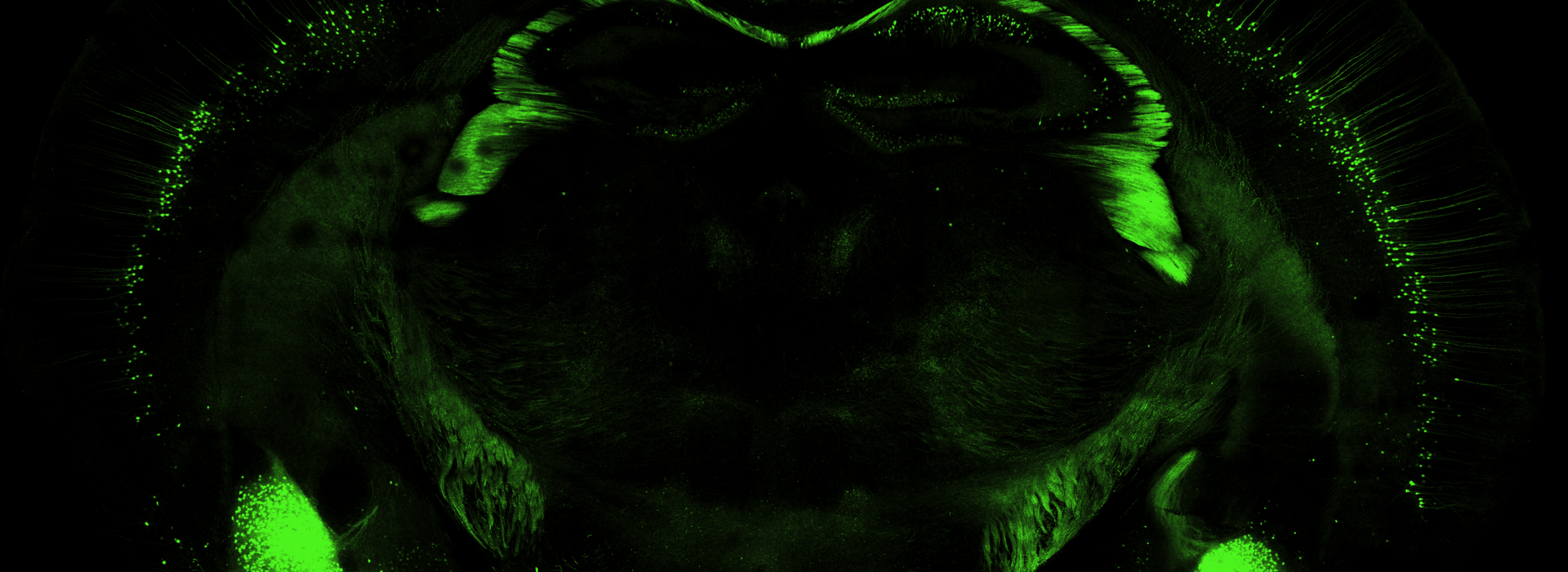
U of M researchers create important new technique for manufacturing human neurons, partner with co-developers turned bio-entrepreneurs to commercialize the new process
MINNEAPOLIS, MN -- December 8, 2020 -- New work published in the scientific journal Stem Cells by investigators from the Stem Cell Institute at the University of Minnesota describes a scientific breakthrough that could help accelerate development of new treatments for neurological conditions. Researchers from the laboratories of James R. Dutton, PhD; and Ann M. Parr, MD, PhD, for the first time overcame a major “speed limit” in manufacturing human neurons from human induced pluripotent stem cells (hiPSCs).
Using the new method, unlimited numbers of neurons can be rapidly produced, weeks faster than before, which provides numerous advantages to cell manufacturers looking to deliver this critical cell type to academic researchers and drug developers.
Hoping to accelerate a common stem cell manufacturing process called “differentiation,” researchers exposed the hiPSCs to different combinations of chemicals. They found a simple, inexpensive chemical combination that pushed stem cells to form ectoderm within just 24 hours, roughly 10 times faster than existing methods. This is important because ectoderm is the parent tissue from which all neurons are born.
Senior author and stem cell biologist Dr. Dutton remarked, “Until now, differentiation of human stem cells into neurons has required extended time in culture, which causes numerous manufacturing difficulties. The shortcut we have discovered significantly accelerates the process, which benefits everyone regardless of use. It's a true platform technology.”
The publication also describes accelerated “patterning” of this rapidly manufactured ectoderm, which can quickly direct these cells to begin forming specific neurons from either the brain or spinal cord. These patterns include neurons involved in Parkinson's disease, Alzheimer's, and chronic pain. Dr. Parr added, “Given the obvious practical advantages, this work is of great benefit to the scientific community interested in both understanding and treating human neurological disease. This novel technology has become fundamental to our lab, and we have been building upon this technique for use in spinal cord injury research.”
Hoping to capitalize on this practical advantage, co-authors turned co-founders, CEO Patrick Walsh and COO Vincent Truong, launched Anatomic (formerly Anatomi), a company built to develop and commercialize new manufacturing methods using the technology. “Our goal with developing this technology for the market is to rebuild the field in our own image,” said Walsh. “We believe we can rewrite best-practices in our field and dramatically speed up timelines for neuroscience research and the development of treatments for neuro disorders.”
To make the leap from scientists to entrepreneurs, Truong and Walsh tapped into several resources to give Anatomic the best chances for success.
“Launching a startup is difficult, so we used University of Minnesota resources, including the Venture Center's Discovery Launchpad to hone our entrepreneurial skills, enrolled in one of the nation's top part-time MBA programs at the Carlson School of Management to prepare for launch, and leveraged the infrastructure provided by the Stem Cell Institute's Stem Cell Business Incubator, where we are currently housed,” says Truong. “Surrounding ourselves with key infrastructure, in addition to key advisors, allowed us to graduate to Anatomic full-time.”
One such advisor is Barbara Nelsen, PhD, now on the Anatomic Board of Directors. Her deep scientific knowledge and acute business acumen has helped shepherd Anatomic in its early days. “Drug development for Alzheimer's and other neurodegenerative diseases has been limited compared with cardiovascular disease, cancer and diabetes. A major challenge in making progress is the complexity of these diseases and the limited understanding of the biology and underlying mechanisms. Anatomic's ability to quickly manufacture differentiated human neurons from diseased or healthy cells will provide an essential tool in making progress in understanding and treating these diseases.”
Initially launched with personal funds followed by grants from the state-run initiatives Regenerative Medicine Minnesota and Launch Minnesota, Anatomic has been operational for 18 months and has already launched four products that are seeing steady increases in sales. Anatomic won a TekNe Award for top Minnesota startup in 2019, as well as industry recognition from the Society for Laboratory Automation and Screening's Innovation AveNEW program. This traction allowed Anatomic to raise additional capital, including from the University of Minnesota Discovery Capital program, to continue its growth.
“Anatomic's growth has been remarkable, particularly given the uncertainty of the pandemic,” says Russ Straate, Associate Director, University of Minnesota Venture Center. “With a potentially revolutionary technology, founders who have really found their feet in biotech entrepreneurship, and a promising product market fit, we expect big things from Anatomic and are excited to observe their continued success.”



